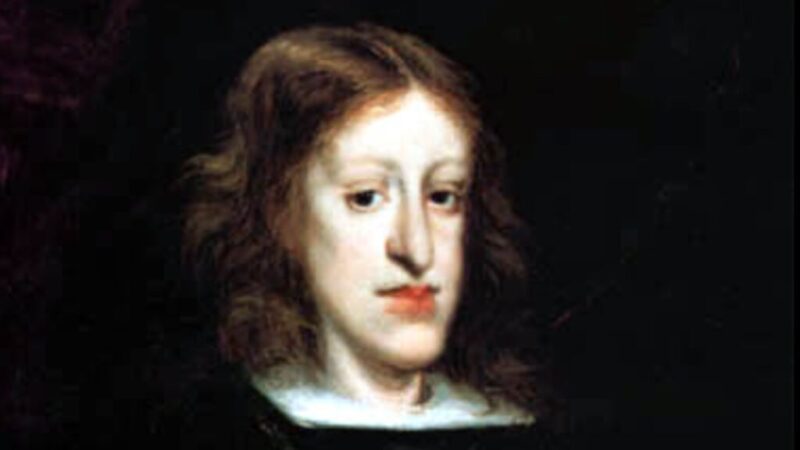“This boy is so weak that it seems impossible he will survive.” — a court physician at the birth of Charles II.
In 1661, a frail child was born in Madrid’s royal palace. His name was Charles II of Spain, the last of the Spanish Habsburgs.
From birth, he carried the physical and political burdens of a dynasty weakened by centuries of inbreeding. His reign, marked by illness, infertility, and superstition, not only ended his family line but also plunged Europe into one of its greatest wars.
The Last of the Spanish Habsburgs
Charles II descended directly from Emperor Charles V, once ruler of a global empire. But by his birth, the dynasty had already been weakened by repeated marriages between uncles and nieces, cousins and cousins.
Historians describe this family tree as a “genetic dead end.” Charles inherited not only the crown but also the burden of these choices.
A Sickly Childhood

Reports describe Charles as unusually fragile:
- his bones broke easily,
- his teeth were malformed,
- he did not walk until age four,
-
his intellectual development was delayed.
Portraits show the distinctive Habsburg Jaw, drooping lips, and heavy eyelids. His frailty made it difficult to command respect at court. Still, as the only male heir, his path to the throne was inevitable.
Two Marriages, No Heir
Charles married twice. His first wife, Marie Louise of Orléans, died young after years of poor health. His second, Maria Anna of Neuburg, also produced no children.
The king’s infertility meant not only personal tragedy but also the extinction of the Spanish Habsburg line.
Spain in Decline
Charles’s reign reflected Spain’s decline. Silver from the Americas had run out, endless wars bankrupted the treasury, and agriculture faltered. While France and England grew stronger, Madrid’s court turned to healers, priests, and astrologers. Superstition and intrigue replaced effective government.
A Death That Sparked a War
In 1700, Charles died childless. His will named Philip of Anjou, grandson of Louis XIV, as heir. Austria opposed, unwilling to see Spain fall under Bourbon France.
The result was the War of the Spanish Succession (1701–1714), a conflict that drew in nearly all of Europe. The Treaty of Utrecht confirmed Philip as Spain’s king but forbade union with France.
How Did One King End a Dynasty?

Charles II (Source:Wikimedia Commons Public Domain)
Charles II did not choose to end his dynasty. His frail body, shaped by centuries of inbreeding, and his inability to produce an heir sealed the Habsburgs’ fate in Spain.
His life was a warning about the limits of dynastic power. His portraits remain—silent witnesses to how one man’s destiny ended a dynasty.
References
-
Kamen, Henry. Spain, 1469–1714: A Society of Conflict. Pearson Education, 2005.
-
Lynch, John. The Hispanic World in Crisis and Change, 1598–1700. Blackwell, 1992.
-
Álvarez, G., Ceballos, F. C., & Quinteiro, C. (2009). The role of inbreeding in the extinction of a European royal dynasty. PLoS ONE, 4(4): e5174.
-
Archivo General de Simancas (Spanish Royal Archives)
-
Biblioteca Nacional de España (National Library of Spain)
-
Portraits: Juan Carreño de Miranda, Claudio Coello (Public Domain via Wikimedia Commons)




